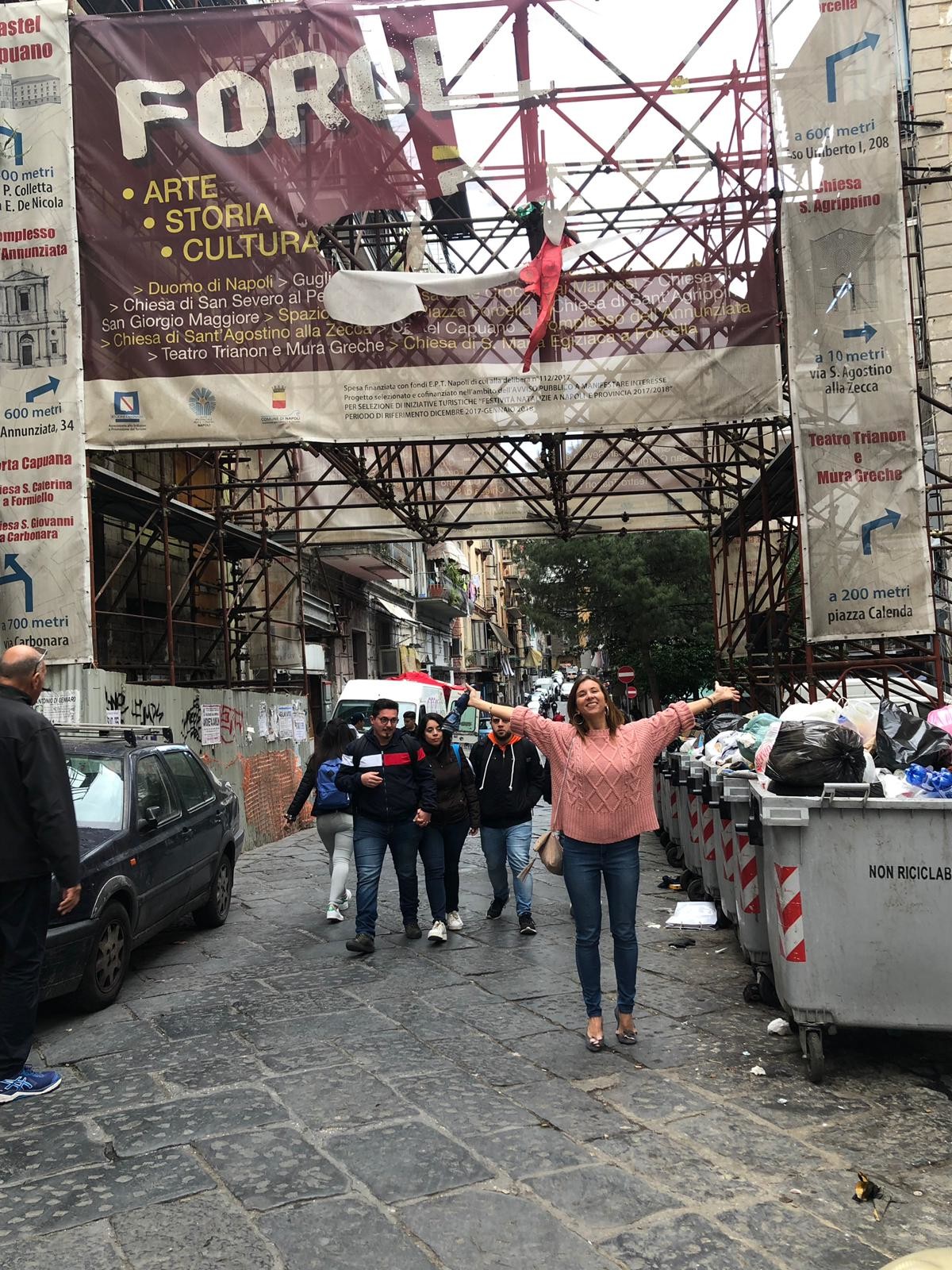The blood of San Gennaro
Neapolitans are very religious, and there is a reason for that. There are so many legends, myths and supernatural happenings which surround this city! On this photo you can see rather troubled zone of Neapolitan historical center which is called Forcella. It starts its borders with the huge portrait of San Gennaro, the most appreciated saint in all Campania. How interesting is the legend connected with this city!

San Gennaro, the patron of Naples, was the bishop of Naples during the governing of imperator Diocletian. The period at the beginning of 4th century before Christ was famous as Diocletian’s Great Persecution against Christians to protect heathenism. In 305 San Gennaro refused to deny the Christian Faith and there was an order to cut off his head. He was only 30 years old.

He was buried in Pozzuoli (small touristic city in Campania), but later his relics were transferred to Naples. Nowadays everyone can see his antiquities in San Gennaro Cathedral. But one of the relics in still a big miracle for everyone - the ampoules with the blood of San Gennaro kept behind the altarpiece of Capella near cathedral.
Now the most spectacular part of the story: three times a year cathedral workers remove the ampoules from treasury and put them near reliquary of San Gennaro. Blood has the dry consistency in its usual condition, but being near other relics of its owner, starts to dissolve. This event characterizes well-being and prosperity of the city.
Incredible as it may seem: interrelation is quite visible. During xx century miracle didn’t happen for three times:
- In 1939, before the beginning of 2ndWorld War;
- In 1944, before Vesuvius erupted;
- In 1980, before catastrophic earthquake in South Italy.
Do you believe in such legends and ceremonies? Or it’s just coincidence?
Photo gallery
Want to have your own Erasmus blog?
If you are experiencing living abroad, you're an avid traveller or want to promote the city where you live... create your own blog and share your adventures!
I want to create my Erasmus blog! →



















Comments (0 comments)